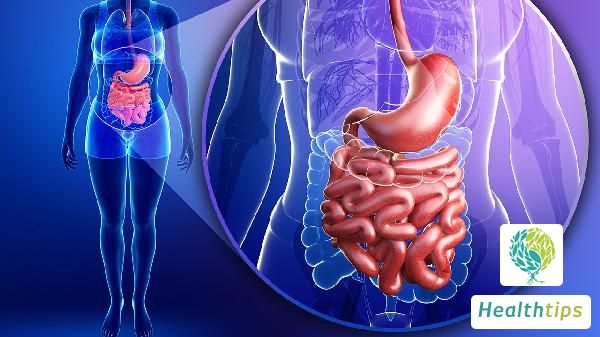What would happen if a baby under two years old switches to a new milk formula without gradually transitioning?

If a baby under two years old directly switches to a new type of milk powder without a transition, it may lead to crying, vomiting, diarrhea, constipation, and even anorexia. Therefore, parents must ensure a transition process when switching milk for their babies. During the transition, parents should proceed gradually, be patient, and constantly observe the baby's bowel movements. If the method of switching milk is improper, babies may experience various discomforts such as constipation, diarrhea, anorexia, vomiting, and crying. To allow the baby to adapt, a transition process is needed from the original milk powder to the new one.
To transition to a new milk powder, parents should mix the new milk powder with the original one, using one scoop as a unit. Begin by adding one scoop of the new milk powder and continuing to use the original milk powder for the rest. Constantly observe the baby's bowel movements. If there are no abnormalities in the color, shape, and frequency of the baby's stool within two or three days, it indicates that the baby is digesting well. Gradually increase the proportion of the new milk powder and decrease the proportion of the original milk powder, replacing the old milk powder with the new one. The entire transition process usually takes about 1-2 weeks to complete.
1. Ensure that the baby is in a completely healthy state before switching milk.
2. Proceed gradually and be patient.
3. It is not recommended to switch milk for the baby within one week before and after receiving vaccinations.
4. Avoid switching milk during the baby's first meal on an empty stomach in the morning and the last meal before bedtime.



















